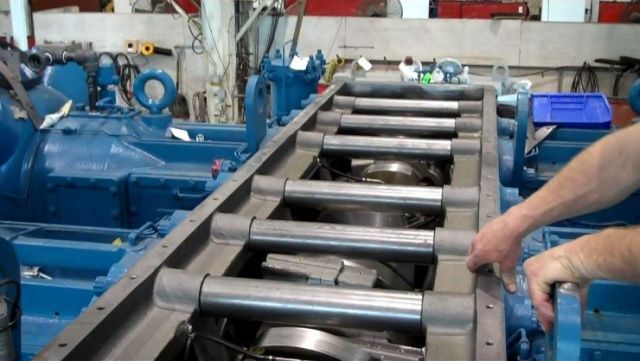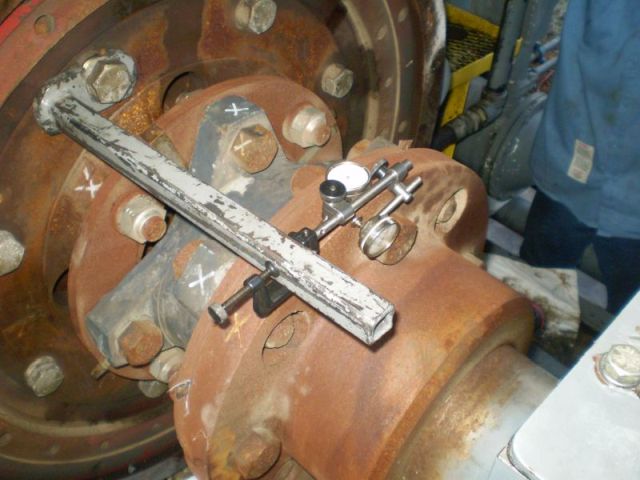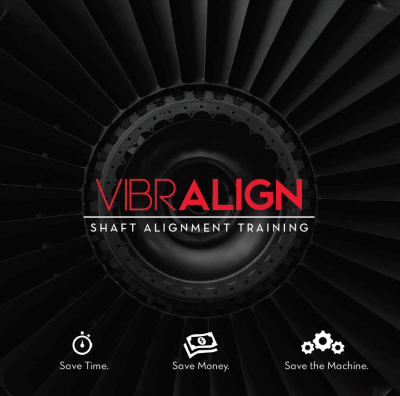We have several blogs discussing the differences between coupling alignment tolerances and precision shaft alignment tolerances (see links below). As stated in those blogs the coupling manufacture’s tolerances are for the coupling. As maintenance professionals we are concerned with the coupling, however we are more concerned with the bearings in the machines. Precision shaft alignment…
Read More
















